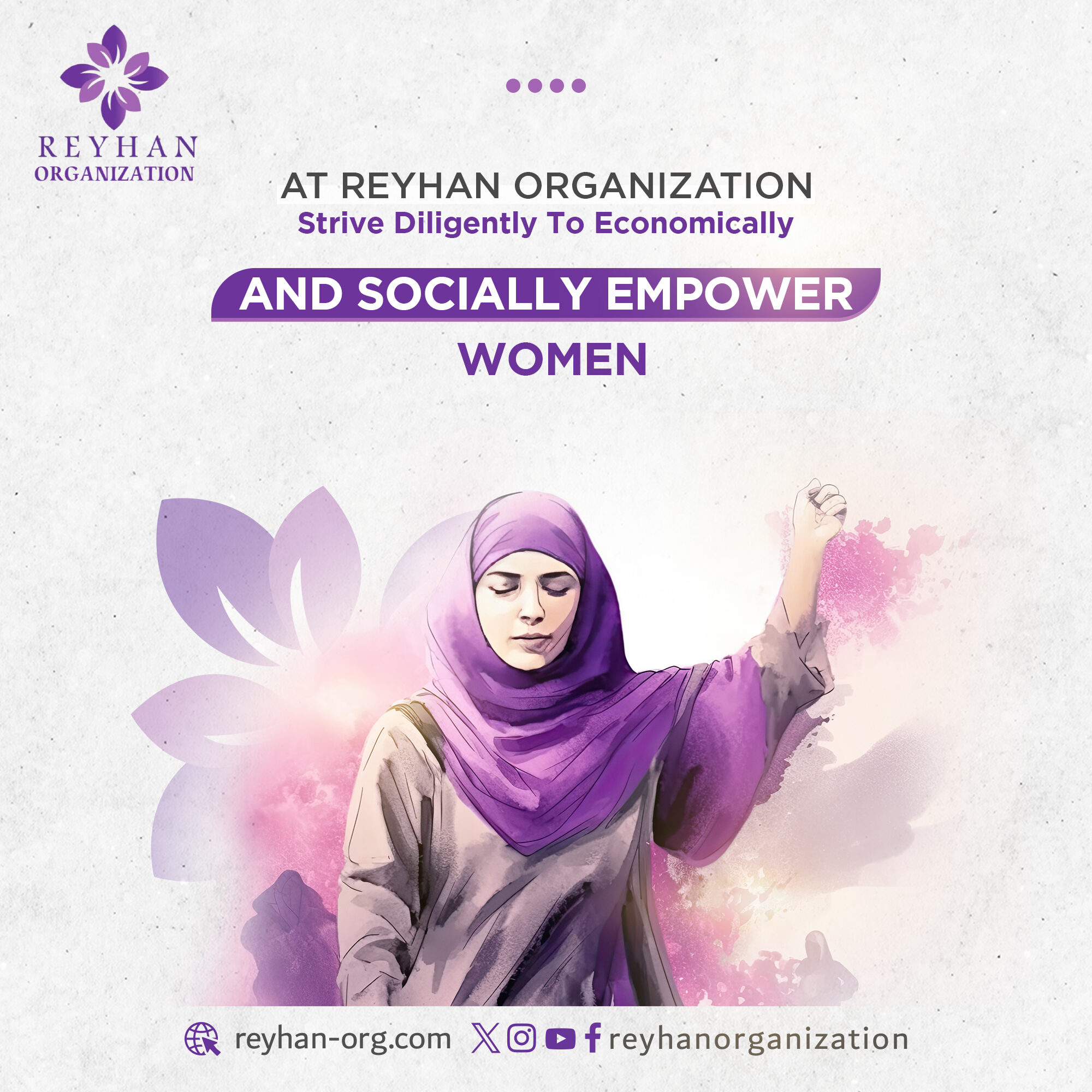GPT-3: OpenAI’s New Text Generating Neural Network is Here
OpenAIs latest breakthrough is astonishingly powerful, but still fighting its flaws
Bing, the search engine, is being enhanced with GPT technology to challenge Google’s dominance. Microsoft is planning to integrate ChatGPT functionality into its productivity tools, including Word, Excel, and Outlook, in the near future. The AI is the largest language model ever created and can generate amazing human-like text on demand but won’t bring us closer to true intelligence. AI scientist Yoshua Bengio and colleagues at Montreal’s Mila institute for AI observed that language models when they compressed an English-language sentence and then decompressed it, all used a vector of a fixed length. Every sentence was crammed into the same-sized vector, no matter how long the sentence.
The researchers state that larger models make increasingly efficient use of in-context information. As can be seen in the plot above, the steeper “in-context learning curves” for large models show improved ability to learn from contextual information. Facebook AI director Yann LeCun has made the case that unsupervised training in various forms is the future of deep learning. If that’s true, the pre-training approach applied to multiple modalities of data, from voice to text to images to video, can be seen as one very promising future direction of the unsupervised wave. Similarly, the human quality of GPT-3 breaks down on closer inspection.
openai/gpt-3
AI is going to change the world, but GPT-3 is just a very early glimpse. “It’s impressive (thanks for the nice compliments!) but it still has serious weaknesses and sometimes makes very silly mistakes,” he wrote. “AI is going to change the world, but GPT-3 is just a very early glimpse. We have a lot still to figure out.” Computer maker and cloud operator Lambda Computing has estimated that it would take a single GPU 355 years to run that much compute, which, at a standard cloud GPU instance price, would cost $4.6 million. To hold all the weight values requires more and more memory as parameters grow in number.
This means that Microsoft has sole access to GPT-3’s underlying model. Earlier pre-trained models — such as BERT — demonstrated the viability of the text generator method and showed the power that neural networks have to generate long strings of text that previously seemed unachievable. Dall-E is an AI image generating neural network built on a 12 billion-parameter version of GPT-3. Dall-E was trained on a data set of text-image pairs and can generate images from user-submitted text prompts.
GPT-3: Language Models are Few-Shot Learners
Here are just some of the highlights you can expect when you download Apple’s new software later this month. Since GPT-3 scraped almost everything on the internet and every word written, the researchers had an opportunity to identify how the racial sentiments and other sentiments play out in conversations. For example, with the religion of Islam, they have found that words such as violent, terrorism and terrorist co-occurred at a greater rate than with other religions. ChatGPT’s journey from concept to influential AI model exemplifies the rapid evolution of artificial intelligence. This groundbreaking model has driven progress in AI development and spurred transformation across a wide range of industries. The greatest trick AI ever pulled was convincing the world it exists.
Instead, it has turned on a cloud-based API endpoint, making GPT-3 an as-a-service offering. (Think of it as LMaaS, language-model-as-a-service.) The reason, claims OpenAI, is both to limit GPT-3’s use by bad actors and to make money. OpenAI has now become as famous — or infamous — for the release practices of its code as for the code itself.
It was later discovered Hans responded to bodily cues from his master to stamp his hoof, and that without the cues he was unable to perform. Consider if you could hold in your brain a numeric score for how lots of words are likely to appear in conjunction with one another. Would you say your ability to form phrases, sentences, paragraphs and whole passages of texts was thoughtful?
So GPT-3 shows its skills to best effects in areas where we don’t mind filtering out some bad answers, or areas where we’re not so concerned with the truth. It’s one of Android’s most beloved app suites, but many users are now looking for alternatives. These limitations paved the way for the development of the next iteration of GPT models. Formed in 2015 as a nonprofit, OpenAI developed GPT-3 as one of its research projects.
Although the models had been in existence for a few years, it was with GPT-3 that individuals had the opportunity to interact with ChatGPT directly, ask it questions, and receive comprehensive and practical responses. When people were able to interact directly with the LLM like this, it became clear just how impactful this technology would become. When OpenAI announced GPT-3 in May 2020 we were already awaiting the news. The model promised to meet the high expectations set by its older brother in 2019. The year before, OpenAI had published the source code of GPT-2 and it was a complete success for them both in terms of hype and results. From AI dungeon, an adventure video game with “infinite possibilities,” to headlines in every tech news outlet.
Type a full English sentence into a search box, for example, and you’re more likely to get back some response in full sentences that is relevant. That means GPT-3 can conceivably amplify human effort in a wide variety of situations, from questions and answers for customer service to due diligence document search to report generation. Our AI progress so far has enabled enormous advances, but it has also raised urgent ethical questions. Making websites more addictive can be great for your revenue but bad for your users. Releasing a program that writes convincing fake reviews or fake news might make those widespread, making it harder for the truth to get out. GPT-1 was released in 2018 by OpenAI as their first iteration of a language model using the Transformer architecture.
A more pressing concern for a business is that one cannot tune GPT-3 with company-specific data. Without being able to tune anything, it’s hard to specialize GPT-3 for an industrial domain, say. It could be that any company using the API service ends up with text that has to be further worked over to make it applicable to a domain. Perhaps startups such as Sapling will come to form an ecosystem, https://chat.openai.com/ the equivalent of VARs, who will solve that issue. “This is one reason we’re sharing this technology via API and launching in private beta to start,” OpenAI told ZDNet. The company notes that it “will not support use-cases which we judge to cause physical or mental harm to people, including but not limited to harassment, intentional deception, radicalization, astroturfing, or spam.”
And for the last decade or so, a minority of AI researchers have been arguing that we’re wrong, that human-level intelligence will arise naturally once we give computers more computing power. GPT-3 (like its predecessors) is an unsupervised learner; it picked up everything it knows about language from unlabeled data. Specifically, researchers fed it most of the internet, from popular Reddit posts to Wikipedia to news articles to fanfiction.
The program is currently in a private beta for which people can sign up on a waitlist. Once, we made progress in AI by painstakingly teaching computer systems specific concepts. To do computer vision — allowing a computer to identify things in pictures and video — researchers wrote algorithms for detecting edges. To do natural language processing (speech recognition, transcription, translation, etc.), they drew on the field of linguistics.
At present, the OpenAI API service is limited to approved parties; there is a waitlist one can join to gain access. GPT-2 found its way into a myriad of uses, being employed for various text-generating systems. Here at Vox, we believe in helping everyone understand our complicated world, so that we can all help to shape it. Our mission is to create clear, accessible journalism to empower understanding and action. Because it trained on the internet, and most stories on the internet are bad, and it predicts text. It isn’t motivated to come up with the best text or the text we most wanted, just the text that seems most plausible.
Fiddling with this knob will tune GPT-3 to pick less-likely word combinations and so produce text that is perhaps more unusual. While GPT-3 can answer supposed common-sense questions, such as how many eyes a giraffe has, it cannot deflect a nonsense question and is led into offering a nonsense answer. Asked, “How many eyes does my foot have?,” it will dutifully reply, “My foot has two eyes.” Indeed, as one reads more and more GPT-3 examples, especially long passages of text, some initial enthusiasm is bound to fade.
There are lots of ways to debate that matter, but casual reflection suggests a lot of what we might call human thought doesn’t occur here. If that weren’t concerning enough, there is another issue which is that as a cloud service, GPT-3 is a black box. What that means is that companies that would use the service have no idea how it arrives at its output — a particularly dicey prospect when one considers issues of bias. An ecosystem of parties such as Sapling who enhance GPT-3 might add further layers of obfuscation at the same time that they enhance the service. For the moment, OpenAI’s answer to that problem is a setting one can adjust in GPT-3 called a temperature value.
A guide to artificial intelligence, from machine learning and general AI to neural networks. GPT-3, unveiled in May, is the third version of a program first introduced in 2018 by OpenAI and followed last year by GPT-2. The three programs are an example of rapid innovation in the field of language models, thanks to two big advances, both of which happened in 2015. OpenAI — which declined to comment for this article — is not the only company doing some impressive work with natural language processing. As mentioned, Microsoft has stepped up to the plate with some dazzling work of its own.
It has given rise to a raft of startup companies backed by hundreds of millions of dollars in venture capital financing, including Cerebras Systems, Graphcore, and Tachyum. The competition will continue to flourish for as long as building bigger and bigger models remains the trajectory of the field. What optimizes a neural net during training is the adjustment of its weights. The weights, which are also referred to as parameters, are matrices, arrays of rows and columns by which each vector is multiplied.
- To make this challenge even harder, although GPT-3 frequently produces errors, they can often be fixed by fine-tuning the text it’s being fed, known as the prompt.
- OpenAI has now become as famous — or infamous — for the release practices of its code as for the code itself.
- Our AI progress so far has enabled enormous advances, but it has also raised urgent ethical questions.
- GPT-1, the model that was introduced in June 2018, was the first iteration of the GPT (generative pre-trained transformer) series and consisted of 117 million parameters.
- Bias is a big consideration, not only with GPT-3 but with all programs that are relying on conditional distribution.
For one thing, the AI still makes ridiculous howlers that reveal a total lack of common sense. But even its successes have a lack of depth to them, reading more like cut-and-paste jobs than original compositions. OpenAI first described GPT-3 in a research paper published in May. But last week it began drip-feeding the software to selected people who requested access to a private beta.
In simpler terms, GPTs are computer programs that can create human-like text without being explicitly programmed to do so. As a result, they can be fine-tuned for a range of natural language processing tasks, including question-answering, language translation, and text summarization. GPT-3’s deep learning neural network is a model with over 175 billion machine learning parameters. To put things into scale, the largest trained language model before GPT-3 was Microsoft’s Turing Natural Language Generation (NLG) model, which had 10 billion parameters.
When GPT-3 correctly answers a true-false question about an essay on New York real estate, it is not because the program knows about real estate or New York. It has stored the probability distribution that captures assertions in texts and the format of a statement-question pair, and it can mirror them in output. It’s that kind of enormous power requirement that is propelling the field of computer chips. It has driven up the share price of Nvidia, the dominant GPU supplier for AI training, by almost 5,000% over the past ten years.
If you are watching the show from a different timezone, we’ve got you covered. There are plenty of other tweaks and improvements to keystone apps like Maps, Calendar, Safari and more. Check out Cherlynn Low’s choices for the best hidden features of iOS 18 and its sibling Apple operating system updates, based on the betas released earlier this year.
These models are pre-trained on massive amounts of data, such as books and web pages, to generate contextually relevant and semantically coherent language. GPT-1, the model that was introduced in June 2018, was the first iteration of the GPT (generative pre-trained transformer) series and consisted of 117 million parameters. You can foun additiona information about ai customer service and artificial intelligence and NLP. This set the foundational architecture for ChatGPT as we know it today.
This chatbot has redefined the standards of artificial intelligence, proving that machines can indeed “learn” the complexities of human language and interaction. Moreover, the neural networks that bring about these conditional probabilities are more than mere statistics programs. Their calculations are the emergent property of multiple simultaneous mathematical operations that happen in parallel, the tuning of parameter weights.
Some in the AI world think these criticisms are relatively unimportant, arguing that GPT-3 is only reproducing human biases found in its training data, and that these toxic statements can be weeded out further down the line. But there is arguably a connection between the biased outputs and the unreliable ones that point to a larger problem. Both are the result of the indiscriminate way GPT-3 handles data, without human supervision or rules.
GPT-1 demonstrated the power of unsupervised learning in language understanding tasks, using books as training data to predict the next word in a sentence. Parameters are the parts of a large language model that define its skill on a problem such as generating text. Large language model performance generally scales as more data and parameters are added to the model. This means that it has a neural network machine learning model that can take input text and transform it into what it predicts the most useful result will be. This is accomplished by training the system on the vast body of internet text to spot patterns in a process called generative pre-training.
ChatGPT 5: What to Expect and What We Know So Far – AutoGPT
ChatGPT 5: What to Expect and What We Know So Far.
Posted: Tue, 25 Jun 2024 07:00:00 GMT [source]
As the latest version, GPT-3 jumps over the last model by a huge margin with more than 175 billion parameters — more than 100 times its predecessor and 10 times more than comparable programs. Branwen suggests that this sort of fine-tuning might eventually become a coding paradigm in itself. In the same way that programming languages make coding more fluid with specialized gpt3 release date syntax, the next level of abstraction might be to drop these altogether and just use natural language programming instead. Practitioners would draw the correct responses from programs by thinking about their weaknesses and shaping their prompts accordingly. As the name suggests, GPT-3 is the third in a series of autocomplete tools designed by OpenAI.
Fear & Greed is one part of Payday 3’s anniversary update, which is split into two sections. The Fear & Greed heist releases on September 16 and is paid DLC, with several additional pieces of content, like a new overkill weapon, a new heister pack, and new masks being given out for free. Part two of Payday 3’s anniversary update launches in October and also includes both paid and free content. Kicking things off is the release of a new Year 1 edition of Payday 3, with the update also including various quality-of-life improvements, like the highly-requested server browser feature. Part two of Payday 3’s anniversary update will also bring a major overhaul to the game’s UI. The Father of FINAL FANTASY, Hironobu Sakaguchi, and renowned composer Nobuo Uematsu return to deliver an original RPG story.
Natural language processing tasks range from generating news articles to language translation and answering standardised test questions. GPT-3 is not the best AI system in the world at question answering, summarizing news articles, or answering science questions. But it is much more general than previous systems; it can do all of these things and more with just a few examples. They also point out that a program that is sometimes right and sometimes confidently wrong is, for many tasks, much worse than nothing. One of the strengths of GPT-2 was its ability to generate coherent and realistic sequences of text. In addition, it could generate human-like responses, making it a valuable tool for various natural language processing tasks, such as content creation and translation.
Many applications already use GPT-3, including Apple’s Siri virtual assistant. People are showing the results that work and ignoring those that don’t. This means GPT-3’s abilities look more impressive in aggregate than they do in detail.
Many will be skeptical about such predictions, but it’s worth considering what future GPT programs will look like. Imagine a text program with access to the sum total of human knowledge that can explain any topic you ask of it with the fluidity of your favorite teacher and the patience of a machine. Chat GPT Even if this program, this ultimate, all-knowing autocomplete, didn’t meet some specific definition of AGI, it’s hard to imagine a more useful invention. OpenAI was founded in December 2015 by Sam Altman, Greg Brockman, Elon Musk, Ilya Sutskever, Wojciech Zaremba, and John Schulman.






